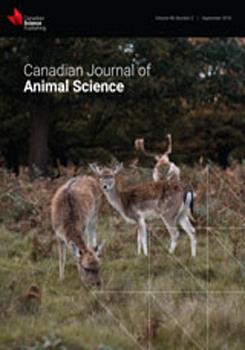To characterize the variability of 11 feed ingredients and their impact on the final feed, 728 ingredient samples were collected during 5 months in a feed-plant and were analyzed by near-infrared spectrophotometry (NIRS). Six diets for fattening pigs and gestating sows were formulated using regional information of ingredient chemical composition (reference): LIM, limited; EU, common European; and MULT, multi-ingredient; respectively, including 5, 7, and 10 ingredients. The formulas were replicated 15 times using actual chemical composition (NIRS) from three samples per ingredient and month. This theoretical procedure was validated through small-scale manufacturing 30 LIM-diets, which samples were proximal (PA) and NIRS analyzed for dry matter and crude protein (CP) contents. Those mixtures were also PA analyzed. The ingredients showed coefficient of variation (CV %) higher for crude fiber (CF) (2.6%–18.3%) than CP (2.0%–9.3%). Comparing all diets for all chemical components, variability was reduced when including more ingredients from 0.5%–5.5% to 0.3%–2.6% CV. In most cases, the actual chemical composition of the diets underestimated their reference formula (1.3%–10.8%, CP and CF). A deviation from the targeted diet occurs if variability is not regarded. Therefore, a proper method to predict ingredient composition and nutritional value before use may increase the accuracy of diet formulation between 2% and 10%.
How to translate text using browser tools
6 June 2018
Assessing the effect of ingredients variability on the composition of the final complete feed for swine
Lluís Fabà,
David Solà-Oriol,
Aitor Balfagon,
Jaume Coma,
Josep Gasa
ACCESS THE FULL ARTICLE
It is not available for individual sale.
This article is only available to subscribers.
It is not available for individual sale.
It is not available for individual sale.
chemical composition
diet formulation
ingredients
nutrients
variability





